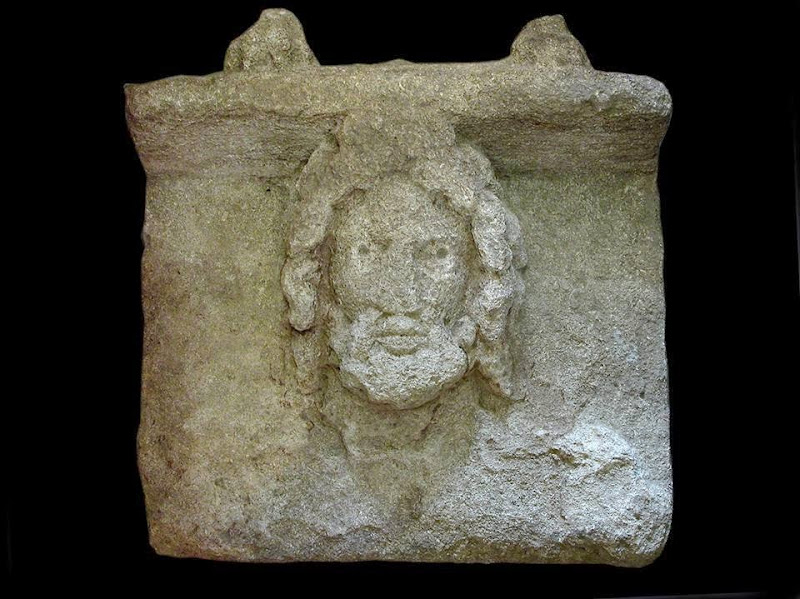A limestone sculpture of the God Jupiter, considered one of the finest Roman archaeological discoveries ever made in East Anglia, is about to go on display from December 10 2013.

Taken from a site known as The Camp Ground, where up to 200 citizens during Roman times, the face, which has drilled eyes, was excavated from Earith Quarry near Colne Fen in a dig concluded in 2007. The remains of a skeleton were found nearby, but archaeologists failed to find the larger sculpture it was a part of, with only a telltale part of a paw – probably of a lion and sphinx, the emblems of grave guardians – revealing its funereal symbolism.
“It was an amazing piece to find on a Fenland site,” said Christopher Evans, from Cambridge Archaeological Unit.
“It is truly gratifying that it can now be appropriately displayed for the wider public to appreciate.”
Experts say the eyes would have been filled with coloured paste in an attempt to make the deity more lifelike, cast in Upwell limestone, from Norfolk, as part of a monument headed by a “freestanding feline”.
The Camp Ground was an important settlement for the inland port linked to the Roman Car Dyke canal system. Boats similar to the modern double-width punts on the River Cam would have docked there, with warehouses and other non-domestic buildings built alongside the houses.
Source: Culture24 [December 04, 2013]